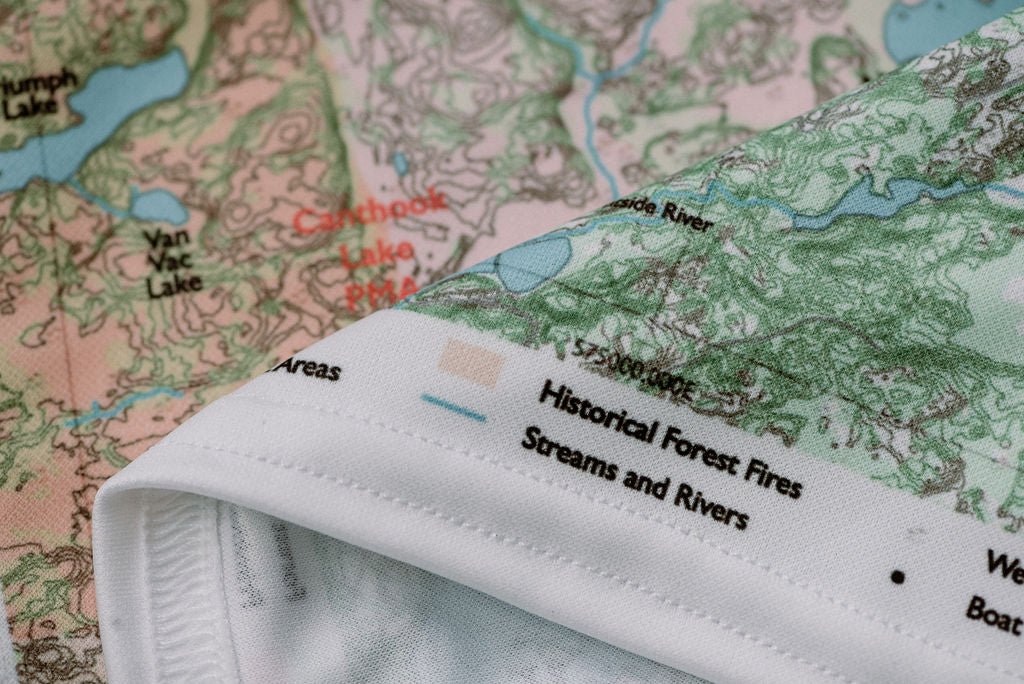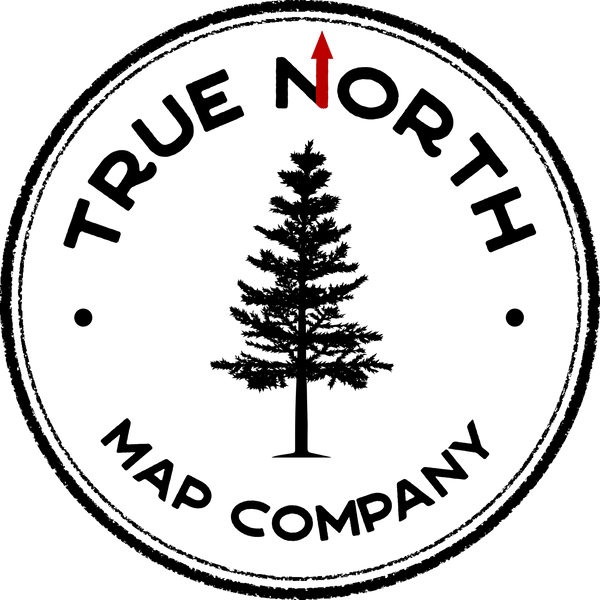
The Untouched Wilderness: Navigating the Primitive Management Areas of the BWCAW
Jerod ArlichShare
Within the Boundary Waters Canoe Area Wilderness (BWCAW) in northern Minnesota, beyond the well-trodden paths and canoe routes, lie hidden gems known as Primitive Management Areas (PMAs). These areas offer the most secluded and primitive wilderness experience within the BWCAW, designed for those who seek solitude and a deep connection with the untouched natural world. In this blog post, we'll delve into the essentials of PMAs, including access regulations, and provide a comprehensive list of all 12 PMAs along with their relative locations.
Understanding Primitive Management Areas
PMAs are designated sections within the BWCAW that are managed to preserve their primitive character and minimize human impact. Unlike the more popular areas of the BWCAW, PMAs have no maintained trails, campsites, or portages. Visitors must be self-sufficient, skilled in wilderness survival, and committed to a leave-no-trace ethic.
Accessing PMAs: Permits and Regulations
To venture into a PMA, adventurers must first obtain a BWCAW entry permit for an entry point near the PMA they wish to explore. It's important to indicate your intention to visit a PMA when reserving your permit, as this helps in managing visitor numbers to these sensitive areas.
- Camping and Fires: Camping in PMAs is a true back-to-basics experience. There are no designated campsites; campers must choose spots that will leave minimal impact on the environment. The use of portable stoves is encouraged over open fires to protect the area. If a fire is necessary, it must be small and made with dead and downed wood, with all traces dispersed before departure.
Navigating PMAs
Navigating in PMAs can be challenging, with no marked trails and many areas requiring off-trail hiking or bushwhacking to traverse. A good compass, detailed topographical maps, and excellent navigation skills are essential for anyone planning to explore these remote areas.
The 12 Primitive Management Areas
Here is a list of all 12 Primitive Management Areas within the BWCAW, each offering a unique wilderness experience:
- Weeny Lake PMA - Near the eastern border of the BWCAW, offering secluded lakes and dense forests.
- Pitfall Lake PMA - Located in the southern part of the BWCAW, known for its rugged terrain and small, hidden lakes.
- Canthook Lake PMA - Positioned centrally, featuring a mix of waterways and dense woodland.
- Mugwump Lake PMA - Found in the northeastern part of the wilderness, offering solitude and pristine natural beauty.
- Sundial Lake PMA - Situated near the center, known for its scenic lakes surrounded by dense forest.
- Humpback Lake PMA - Located in the northern region, characterized by its hilly terrain and secluded lakes.
- Tick Lake PMA - Also in the northern part of the BWCAW, featuring challenging terrain and remote waterways.
- Hairy Lake PMA - Found in the northwest, offering a true sense of isolation and wilderness.
- Spider Lake PMA - Located in the northeastern section, known for its intricate network of lakes and streams.
- Weasel Lake PMA - Positioned in the north, offering remote and rugged wilderness experiences.
- Drag Lake PMA - Situated in the southern BWCAW, featuring a mix of lakes and forests.
- Fungus Lake PMA - Located in the central area, known for its untouched natural landscapes and challenging terrain.
Exploring the PMAs of the BWCAW offers an unparalleled opportunity to immerse oneself in the serenity and raw beauty of the wilderness. These areas require visitors to practice strict leave-no-trace principles and to be fully prepared for a wilderness experience that is as challenging as it is rewarding. For those willing to embrace the solitude and the responsibility of exploring these pristine areas, the PMAs of the BWCAW provide an unforgettable adventure into the heart of the wild.
